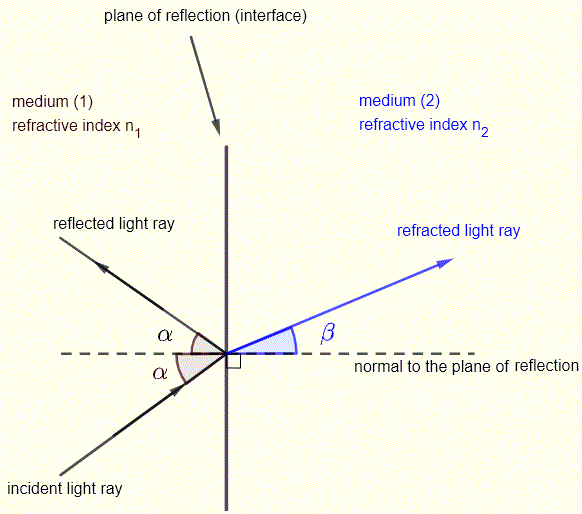

Commonly investigated materials and devices include high performance metal alloys, fibers, batteries, fuel cells and solar cells, nanomaterials, composites, polymers, colloids, membranes, as well as implants, drug delivery formulations and biological tissue.

The combination of high-intensity beams with fast large area detectors now enable in situ and operando experiments elucidating rapid and complex structural changes, thereby gaining key insights into materials structural evolution, function, and performance. Concomitantly, high-intensity beam sources such as lasers, fourth generation synchrotron sources, neutron spallation sources, aberration corrected electron microscopes and metal jet X-ray sources have become widely available. Modern pixelated detectors therefore cover increasingly large areas with corresponding pixel numbers now exceeding 10 7.

To obtain multi-scale structural information requires for scattering experiments to acquire scattering patterns over large detector areas. The scattering of light, X-rays, electrons or neutrons by matter is used widespread for materials structure characterization from atomic to macroscopic length scales 1, 2. The algorithm provides the necessary computational speed to calculate scattering patterns on timescales required for real-time experiment feedback, the analysis of large volumes of scattering data, and for the generation of training data sets for machine learning.
#EQUATION REFLECTION CALCULATOR SERIES#
Hypergeometric functions provide analytical descriptions of geometrical shapes, can be rapidly computed as series and asymptotic expansions, and can be efficiently implemented in GPUs. Here we introduce an algorithm based on the use of hypergeometric functions providing gains in computational speed of up to 10 5 compared to present numerical integration algorithms. The slow analysis of these scattering patterns has evolved into a severe bottleneck retarding scientific insight. With the advent of high-brilliance beam sources and the development fast, large area pixelated detectors, scattering patterns are now acquired at unprecedented frame rates and frame sizes. The scattering of light, X-rays, electrons or neutrons by matter is used widespread for structural characterization from atomic to macroscopic length scales.


 0 kommentar(er)
0 kommentar(er)
